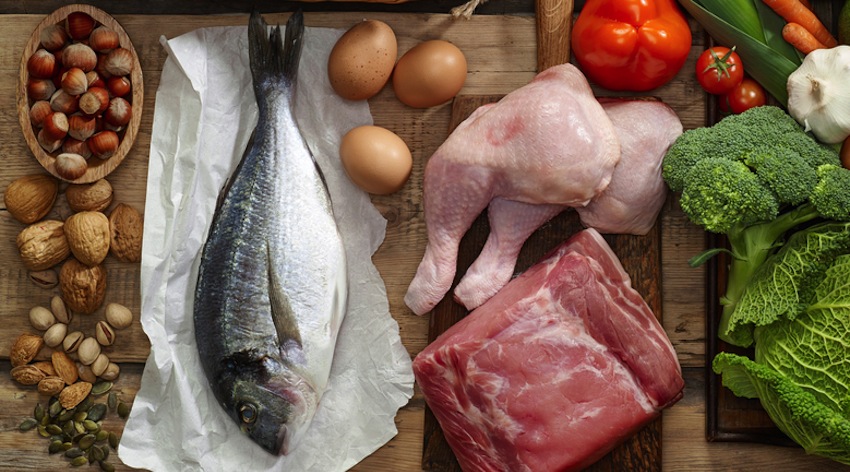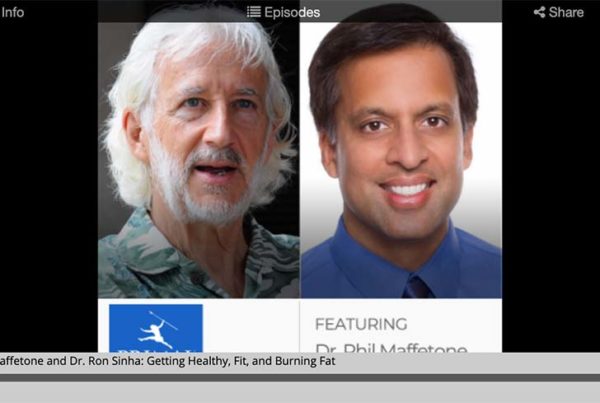
Have good fats finally replaced bad carbs in the diet as the accepted approach to reach optimal health and fitness?
From the movie Midnight Cowboy, Harry Nilsson’s 1969 song still echoes in my mind: “Everybody’s talking at me … I don’t hear a word they’re saying …” That’s sometimes how I feel today when people talk about common trendy low-carb diets.
I often get confused, despite my brain being in great shape, because most of these diets have actually come and gone for decades, only with different names — low-carb, Paleo, caveman, ketogenic, etc. Regardless of what you call it, low-carb is how humans evolved eating for millions of years.
The term diet has been around longer than any of us. I recently wrote about the dangers of diets. While I don’t like the concept of diets because they make users blindly follow a list of food items instead of intuitively learning how best to eat, I could not help use the term because it is quite commonly adopted universally when discussing eating plans.
Propaganda powerfully makes its mark by maintaining the echoes in our minds. The incessant marketing of “diets” will continue but those with intelligent brains don’t have to participate. Unfortunately, too many people associate my MAF principles with the low-carb diet, and I quickly respond by saying I don’t recommended any diet — even those called ketogenic, very low-carb, or high-fat. What I do recommend is that people find an eating plan that best serves their needs (one purpose of the Two Week Test), using intuition and instinct as the best nutritional guide rather than counting macronutrient calories of carbs, fats and proteins.
I recently asked Robb Wolf of the “Paleo Solution” podcast to describe the Paleo Diet, knowing I would get a good answer. He said it’s “macronutrient agnostic.” Perfect.
For most people, improving diet usually does mean reducing the amount of carbohydrates they eat, especially those that are refined or processed.
Cutting Carbs
It’s important to understand why it may be important to reduce carbohydrate foods. Eating these foods (which are moderate- to high-glycemic) can cause over-production of insulin, even in young healthy athletes. Insulin converts a lot of carbs to stored fat, reduces fat-burning, increases hunger and triggers inflammation, the first stage of chronic disease.
Most people consume 41-60 percent of their daily food as carbohydrates or about 205-300 grams of carbohydrate. Some people even go beyond 60 percent. One problem with this is that most of the carbs are refined, despite misleading labeling as “natural” or “whole grain,” and contain various forms of processed flour and sugar. Eating this much carbohydrate puts essential fats and proteins below required, healthy levels.
Reducing consumption of carbohydrate foods may improve health, increase fat-burning and increase human performance. Incidentally, the same approach is also used to treat various conditions like seizures, cancer, diabetes and obesity.
This is accomplished simply by eating meals and snacks that are lower in carbohydrate For those who require even less carbohydrates, this may mean very-low carb meals, which are both ketogenic and high-fat. Don’t worry, I will decrypt and simplify all this gibberish as we continue.
Healthy Eating
Many people have spent their lives counting calories and can’t help it. Transitioning to a healthy, intuitive way of eating is the remedy but many require a stepping stone to get off the diet merry-go-round. So here is a general consensus of the trendy terms
As a general guide I list below the various names of eating styles without using the “D” word, using an approximate 2,100-calorie per-day eating plan as an example.
It’s carbohydrates and fats that are the revolving macronutrients. Healthy eating maintains a relatively constant protein intake of around 1.2 grams per kilogram of body weight. For a 155-pound (70 kg) person this works out to be about 85 grams of protein per day.
Moderate-carb: About 26-40 percent of daily meals, with around 140 to 210 grams of natural carbohydrates per day. The fat content is about 43 to 57 percent, or 100-130 grams. In natural forms, this amount of carbohydrate may be healthy, especially for younger, active people. However, as many children are now overfat — with insulin resistance similar to that found in an aging body — even this amount of carbohydrate may be too high.
Low-carb: About 11-25 percent of daily meals, with approximately 51 to 139 grams of natural carbohydrates per day. This would bring fat content to between 135 and 165 grams, or about 58-71 percent.
Very low-carb: about 5-10 percent of daily meals, with around 25-50 grams of natural carbohydrates. Fats are about 168 to 182 grams, about 72-78 percent. At this level of carbohydrate intake, the body makes many more ketone bodies it uses for energy in the heart, brain and other tissues.
Very low-carb also refers to:
- Ketogenic eating — a state of healthy nutritional ketosis.
- High-fat — obviously, if carbohydrates are reduced to 10 percent or less of the diet, with protein holding steady, the fat content will increase to higher levels. With “normal” fat intake considered to be 30 percent, low-fat is below that level with high fat well above. Don’t be concerned about eating this much natural, healthy fat.
- The Two Week Test is an MAF Method of helping become more intuitive about food, improving health, reducing body fat and getting rid of sugar addiction. The test usually has meals and snacks on the low end of a low-carb or the high end of very low-carb, and as its name implies is only for two weeks.
The best way to convey these healthy meals — part of the stepping stones to better eating — is through recipes on this site — the photos are worth more than words.








